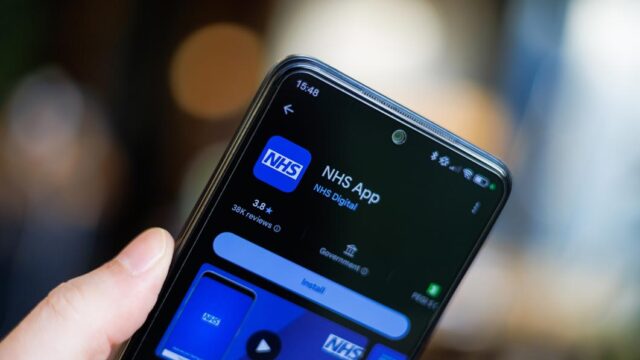Advertisment
Making sense of GLP-1 agonists

GLP-1 receptor agonists (GLP-1RAs) such as semaglutide were developed for treatment of type II diabetes but have also been successful as weight-loss agents for non-diabetics. Many new agents are now in the pipeline. In this series of short videos, Hannah Beba, Consultant Pharmacist in Diabetes, Leeds Health and Care Partnership describes the impact of GLP-1RAs old and new in diabetes and talks about her role as a consultant pharmacist in diabetes.
How GLP-1 agonists help in type 2 diabetes
GLP-1RAs mimic the action of the naturally-occurring incretin GLP-1 to increase insulin secretion, reduce glucagon secretion, maintain or increase the numbers of pancreatic beta cells and delay gastric emptying. Tirzepatide is a dual-incretin acting on both the glucose-dependent insulinotropic polypeptide (GIP) and the glucagon-like peptide 1 (GLP-1) receptors. Tirzepatide treatment leads to significant weight loss and normoglycaemia for many patients with type II diabetes. Retatrutide is a tri-incretin – an agonist of the GIP, GLP-1 and glucagon receptors – that is currently being evaluated patients with type II diabetes.
Should GLP-1 agonists should be used earlier in type 2 diabetes?
In future, GLP-1RAs could be used early in treatment for type II diabetes and this could have an important impact on slowing the onset of cardiovascular complications. “They’ve got good outcome data – so there’s data around not just the weight loss and the HbA1c-lowering but specifically around protection for cardiovascular events”, says Ms Beba. Sodium-glucose cotransporter-2 (SGLT2) inhibitors are also associated with good cardiovascular outcomes but GLP-1RAs offer additional benefits in terms of stroke prevention.
An oral, non-peptide GLP-1RA would be useful for management of type II diabetes in needle-phobic patients. Orforglipron might fulfil this requirement in future, but it is still in the early stages of development at present.
Lifestyle interventions remain the first step in the management of type II diabetes but GLP-1RAs could be used at an early stage in high-risk patients to preserve organ function. “Time is heart, it’s kidney, it’s eyes. It’s all of these things and you know when you’re not doing something damage is happening”, says Ms Beba.
What does a consultant pharmacist in diabetes do?
The work of a consultant pharmacist in diabetes spans clinical duties and leadership tasks including education and mentoring. There are at present only three consultant pharmacists in diabetes in the UK but the development of more highly-specialised positions in diabetes could be the stepping stone to more of these, Ms Beba suggests.
It is still unusual for a patient to see a consultant pharmacist in diabetes so dealing with the situation calls for some sensitivity. “I’m really transparent about the fact that I’m a pharmacist I think it’s very important”, says Ms Beba.
The development of more highly-specialised posts in diabetes would be a good way to move forward. Some pharmacists would choose to remain at that level and others would progress to become consultants. “It’s the right time to invest in a pathway for clinical leadership for pharmacists”, concludes Ms Beba.
About Hannah Beba
Hannah Beba is a consultant pharmacist in diabetes at Leeds Health and Care Partnership. Her clinical work involves care of patients with complex type II diabetes in community services, GP practices and primary care networks. She also has senior leadership roles; she chairs the Cardio-renal Metabolic Expert Working Group and the Diabetes Steering Group, both of which feed into the Long-term Conditions Board.
Read and watch the full series on our website or on YouTube.









